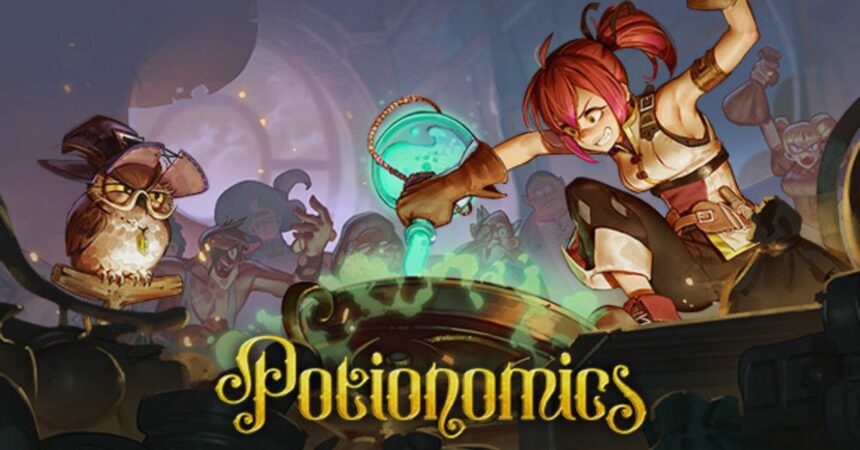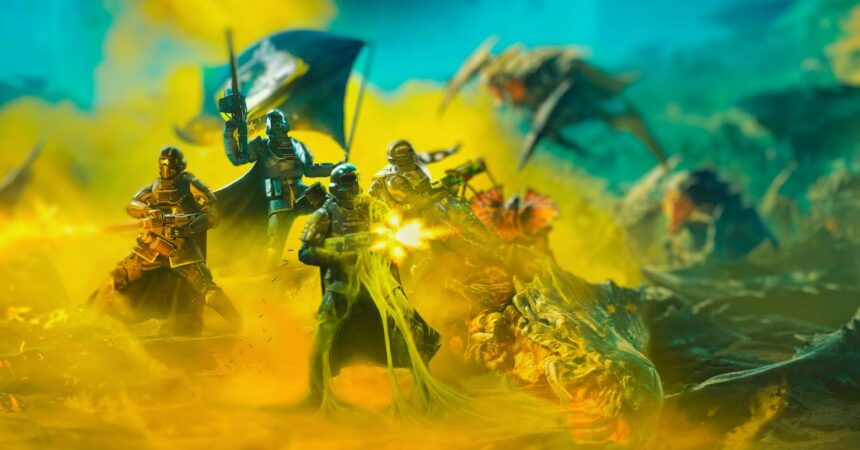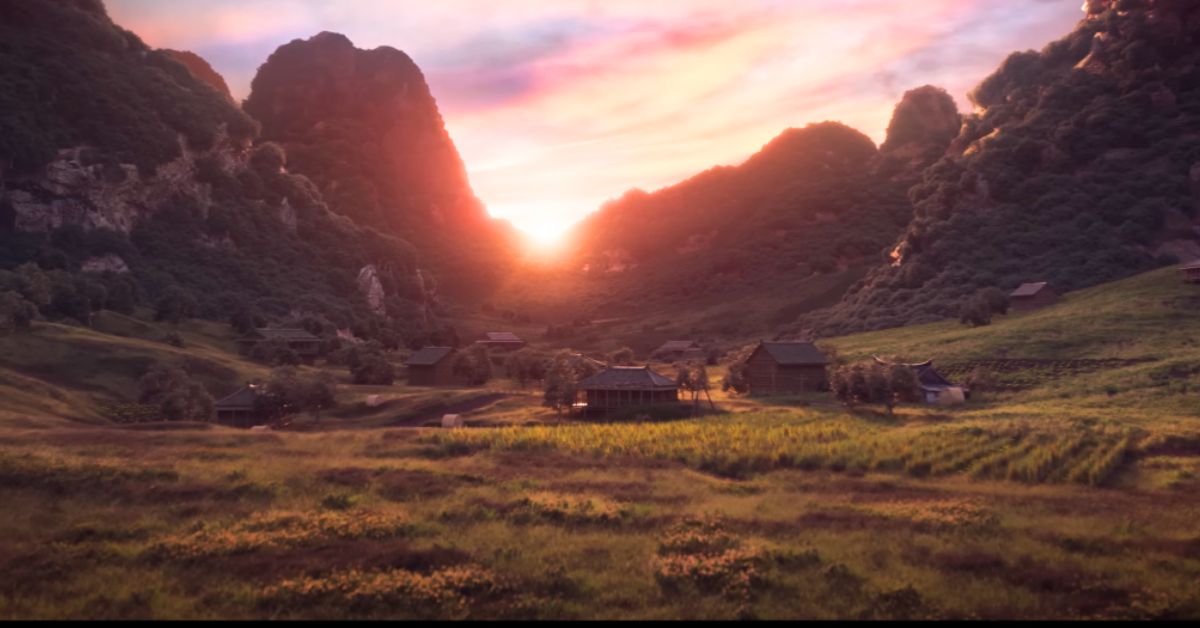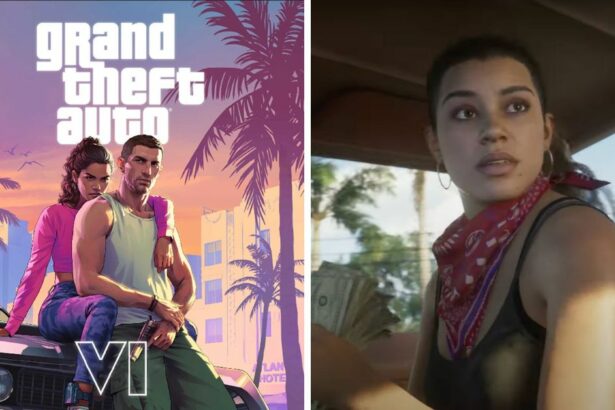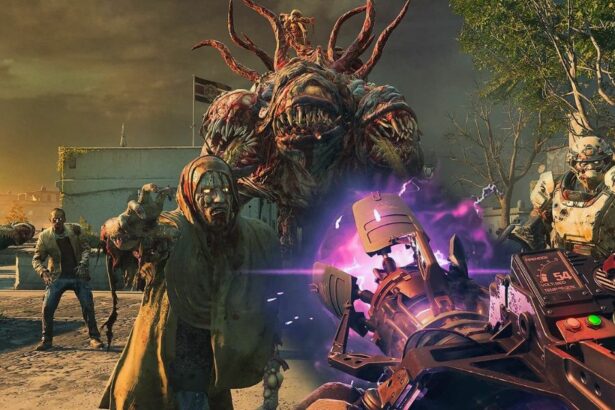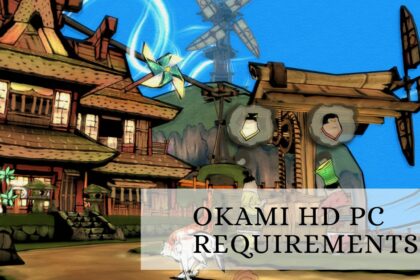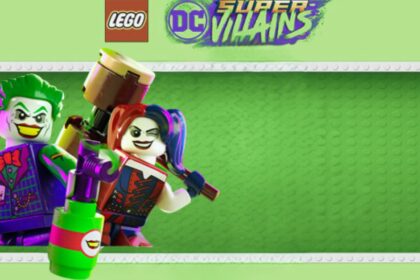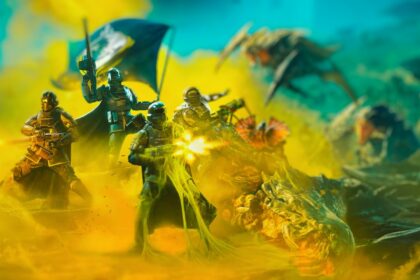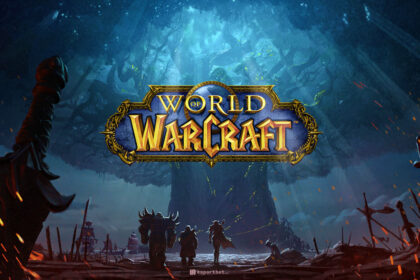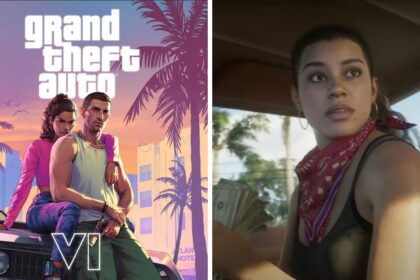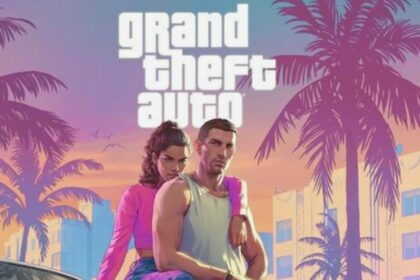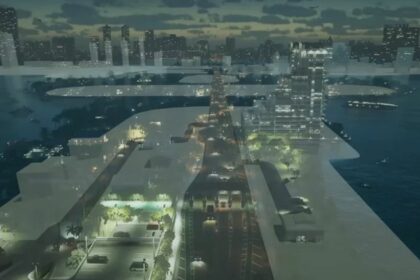Game Guides
Dragon Dogma 2 System Requirements: Prepare Your Rig For Adventure
The first Dragon's Dogma game was a big action game with role-playing…
Okami HD PC Requirements: How To Run The Beautiful Adventure Game On Your Computer?
Okami HD is a remastered version of the critically acclaimed adventure game…
LEGO DC Super Villains Cheat Codes: Get Unlimited Studs, Red Bricks & More
The LEGO games show no signs of slowing down soon; in fact,…
Douchebag Workout 2 Cheat Codes: Secrets To Maxing Out Your Stats
Douchebag Workout 2 is one of the flash games that gained popularity…
News
Super Savings Or Super Cheating? Helldivers 2 Glitch Sparks Developer Response
Some Helldivers 2 players are using a glitch to get Super Credits unfairly, and the game's developer, Arrowhead, is aware…
PS Plus Alert! Don’t Miss This 9/10 Gem Before It’s Gone Forever
PlayStation Plus subscribers should try playing a wonderful, short indie game before it leaves the service next month. Sometimes, there…
Mists Of Pandaria Remix Loses Steam: World Of Warcraft Removes Key Feature
World of Warcraft made changes to their WoW Remix: Mists of Pandaria event announcement. Originally, they mentioned adding more character…
Xbox Just Dropped A Massive Update – You WON’T Believe These Changes!
Microsoft is sending out an update for Xbox consoles this month with some useful features to know about. The update…

